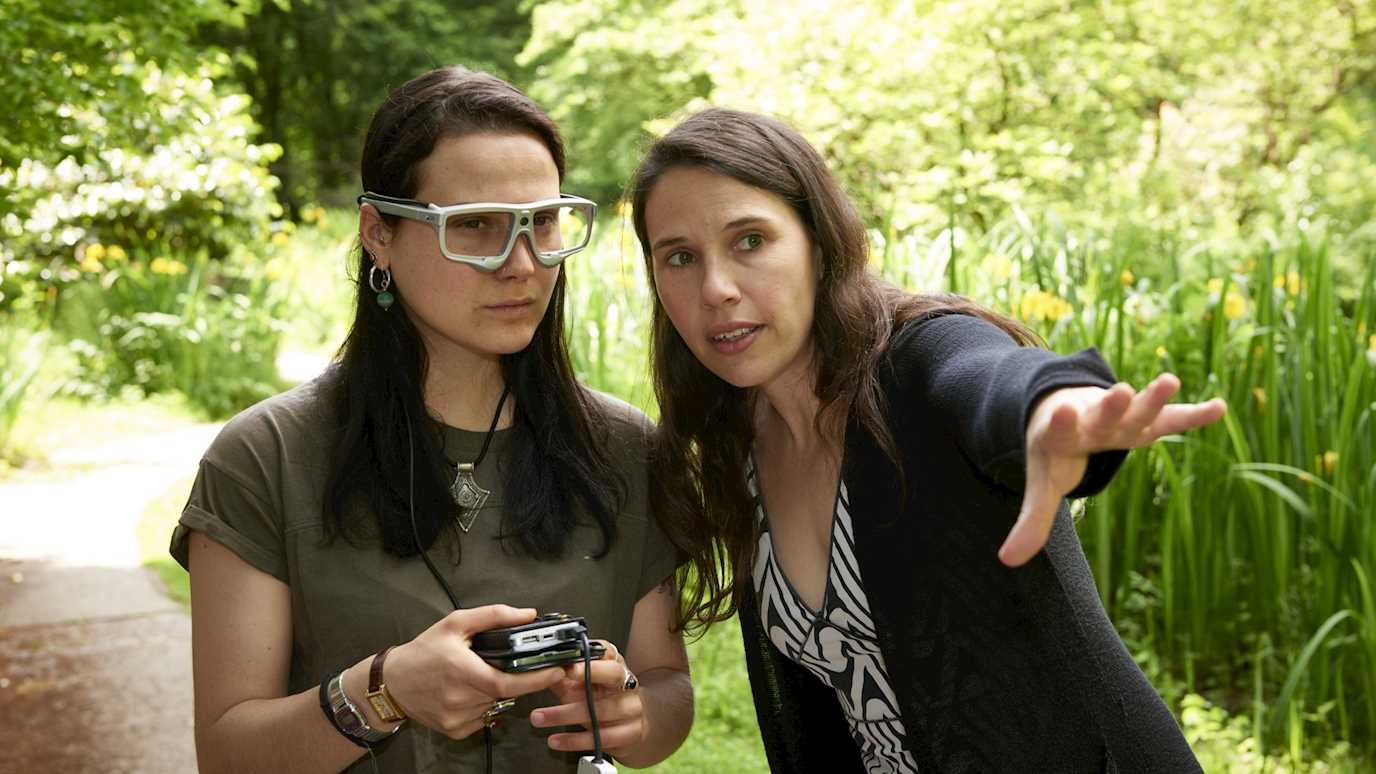New research led by Royal Holloway reveals for the first time why Europe could gain more than an extra month of summer days by 2100 using climate data from the last millennia.

It’s well understood that summers in recent decades have been getting hotter and longer. However, the new study shows the trend we observe today echoes similar conditions across Europe 6,000 years ago, when natural Arctic warming stretched the warm season to nearly 200 days a year; a duration comparable to the most extreme modern warm seasons.
To uncover how unusual today’s changes really are, researchers turned to a surprising archive of climate history: ancient layers of mud buried at the bottom of European lakes. These seasonally layered sediments, or natural climate calendars, record how summers and winters have shifted over the past 10,000 years.
At the heart of the research lies a key piece of atmospheric physics called the ‘latitudinal temperature gradient.’ This is the difference in temperature between the Arctic and the equator.
The gradient helps drive the powerful winds from the Atlantic Ocean into Europe, which steer weather systems across the continent.
As the Arctic warms up to four times faster than the global average, that temperature difference weakens, causing the air currents to slow and meander. The result: more persistent summer weather patterns, longer lingering heatwaves and the season itself stretching out.
Dr Laura Boyall, an author of the study and former PhD researcher in the Department of Geography at Royal Holloway, added: “When the temperature contrast between the Arctic and mid-latitudes weakens, Europe’s summer effectively expands.
“Our findings show this isn’t just a modern phenomenon; it’s a recurring feature of Earth’s climate system.
“But what’s different now is the speed, cause and intensity of change.”
Projections to the end of the century show that if greenhouse gas emissions continue at the current high levels, Europe could see the extra summer days, simply from the natural response to Climate Change.
The study revealed that the rate of change equals six extra days of summer for each degree that the temperature gradient between the equator and the North Pole decreases. According to the current trend of Arctic warming, this would result up to eight months of summer weather by the end of the century.
Dr Celia Martin-Puertas, lead researcher from the Department of Geography at Royal Holloway, said: “We have known for many years that summers are getting longer and hotter across Europe, but there is a high uncertainty about how or why.
“Our research has uncovered that European seasons have been driven by the temperature gradient over thousands of years, which provides useful insight that can be used to help predict future changes more accurately.
“The findings underscore how deeply connected Europe’s weather is to global climate dynamics and how understanding the past can help us navigate the challenges of a rapidly changing planet.”
The research concludes that industrial aerosol emissions and internal feedback loops of the Earth’s climate system could also contribute to reshaping Europe’s seasonal rhythm in ways scientists say could have profound consequences for ecosystems, water resources, agriculture, and public health.
For the scientists behind this study, an ancient lake records is more than just a window into the past - it’s a warning about the future and what may be to come.

























